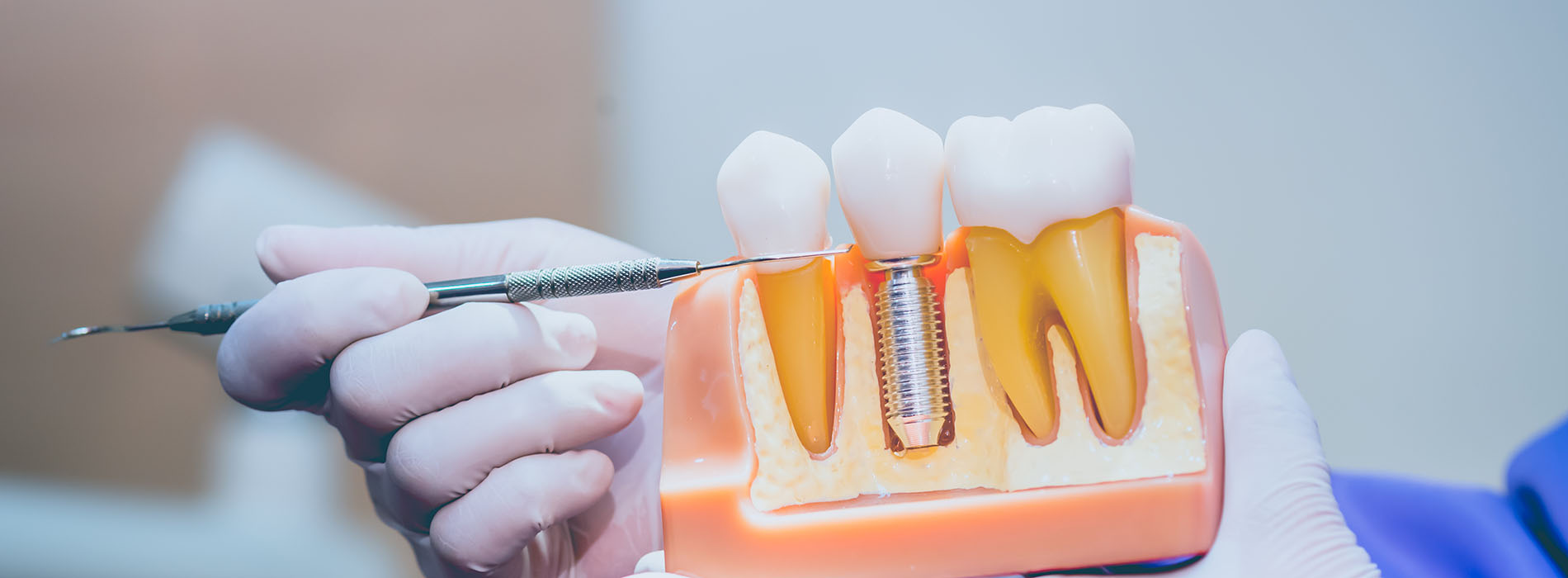Understanding Implant Restorations: Purpose and Patient Benefits
Replacing a missing tooth is about more than appearance; it’s about restoring function, comfort, and confidence. Implant restorations attach to titanium posts that integrate with the jawbone, providing a stable foundation that behaves much like a natural tooth root. For patients, that means biting power, clearer speech, and a smile that looks and feels more natural than many removable alternatives.
Unlike traditional bridges that rely on neighboring teeth for support, implant restorations preserve adjacent tooth structure by anchoring directly to the bone. This helps maintain jawbone health and facial contours over time. The result is a solution that not only fills a gap but also supports long-term oral health and overall quality of life.
Implant restorations are appropriate for a wide range of patients, from those replacing a single front tooth to individuals restoring multiple missing teeth. Suitability depends on factors like oral health, bone volume, and overall medical considerations, which our team evaluates carefully during an initial consultation. Treatment planning is individualized so each restoration meets both functional needs and aesthetic goals.
The Implant Restoration Process: From Evaluation to Final Restoration
Successful implant restoration begins with a thorough evaluation. During this phase, a clinician reviews medical history, conducts an oral exam, and often uses 3D imaging to assess bone volume and anatomical structures. These diagnostic steps let us develop a precise, predictable plan and determine whether preparatory procedures—such as bone grafting—are needed before implant placement.
Once the implant post has been surgically placed and allowed time to integrate with the jawbone, the restorative phase begins. This typically involves taking accurate impressions or digital scans to capture the exact position and angulation of the implant. These records guide the design of an abutment and the final prosthetic tooth so that it fits comfortably and aligns with neighboring teeth.
The final restoration—whether a crown, bridge, or denture—is fabricated to match your bite and bite forces, then carefully adjusted in the mouth for proper fit and function. Our restorative team focuses on precision at every step to minimize future adjustments and to create a stable, long-lasting outcome that feels natural when you eat and speak.
Types of Implant Restorations: Matching Solutions to Patient Needs
Single-tooth restorations use an individual implant topped with a crown, ideal for replacing one missing tooth without affecting adjacent teeth. For patients missing several consecutive teeth, implant-supported bridges can span the space using fewer implants than individual crowns, offering a fixed restoration that restores chewing efficiency and a natural appearance.
For people who wear removable dentures and want improved stability, implant-supported overdentures provide a secure hold while remaining removable for cleaning. In contrast, full-arch fixed restorations combine multiple implants and a permanently attached prosthesis to recreate an entire upper or lower dental arch, delivering a robust, permanent solution for extensive tooth loss.
Choosing the right restoration involves balancing factors like oral anatomy, hygiene preferences, and long-term maintenance. During planning, we talk through each option’s benefits and practical considerations so patients can select a solution that suits their lifestyle and oral health goals.
Materials, Fit, and Aesthetics: Creating a Natural-Looking Smile
Modern implant restorations are made from advanced materials designed to look and wear like natural teeth. Ceramic and porcelain fused to high-strength frameworks are common choices because they mimic the translucency and color variations of natural enamel. These materials are also resistant to staining and wear, helping restorations remain attractive over time.
Achieving a seamless appearance involves more than material choice. Shade selection, contouring, and how the restoration meets the gumline are all critical. Our clinical team collaborates with skilled dental technicians to match color and shape to surrounding teeth, paying close attention to small details that influence how natural a restoration appears in everyday life.
Proper fit is equally important for comfort and function. Custom abutments and precisely milled restorations reduce pressure points and create a secure interface between the prosthesis and the implant. The result is a restoration that not only looks right but feels like an integrated part of your mouth.
Aftercare and Longevity: Protecting Your Investment
With appropriate care, implant restorations can last for many years. Daily oral hygiene—brushing and interdental cleaning around implants—is essential for preventing plaque accumulation and maintaining healthy soft tissue. Regular professional checkups allow the dental team to monitor integration, tissue health, and occlusion so small issues can be addressed early.
Lifestyle habits also influence longevity. Avoiding behaviors that place excessive force on restorations, such as using teeth as tools or chewing very hard objects, helps prevent damage. In some cases, a custom nightguard can protect implants and natural teeth from nighttime grinding or clenching.
When maintenance is required, restorative components are often repairable or replaceable without removing the implant itself. Routine maintenance appointments allow us to polish restorations, check the fit of abutments, and confirm that your bite remains balanced—measures that contribute to predictable, long-term success.
Working with Our Team: What to Expect at the Office
At Cruzin' Dental, patients can expect a coordinated approach that combines surgical expertise with restorative detail. From the initial consultation through follow-up care, our clinicians work together to ensure each stage of treatment aligns with the patient’s needs and comfort. This team-based model helps streamline appointments and maintain consistent communication.
We use modern diagnostic tools and digital workflows to enhance planning accuracy and reduce chair time when possible. Clear explanations and treatment timelines help patients understand what to expect at each visit, including healing milestones and when the final restoration will be placed. Our goal is to make the process as transparent and manageable as possible.
Before beginning treatment, we review post-operative care instructions and long-term maintenance recommendations so patients leave the office feeling confident about their care. Our team is available to answer questions and guide patients through each phase, reinforcing good habits that support durable results.
Implant restorations offer a reliable path to restoring function, preserving oral health, and achieving a natural-looking smile. If you’d like to learn more about how implant restorations might fit into your treatment plan, please contact us for additional information or to schedule a consultation. We’re happy to help you explore the options that best meet your needs.




